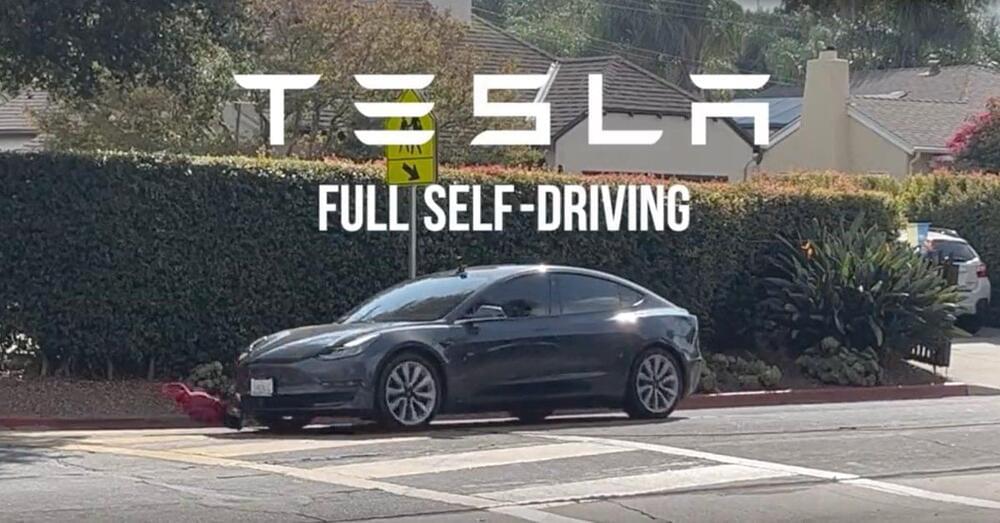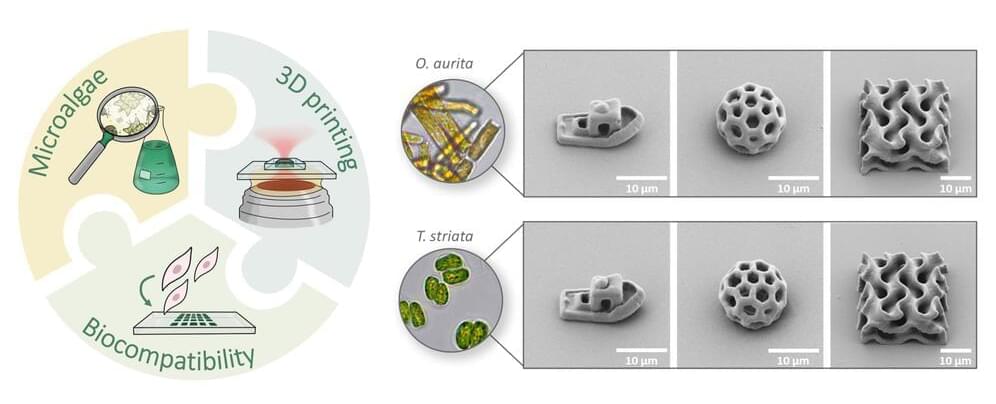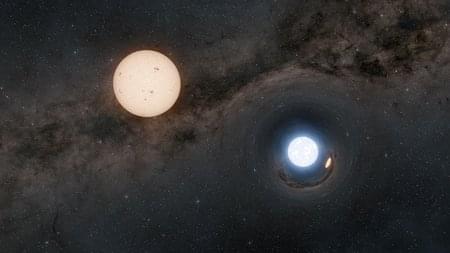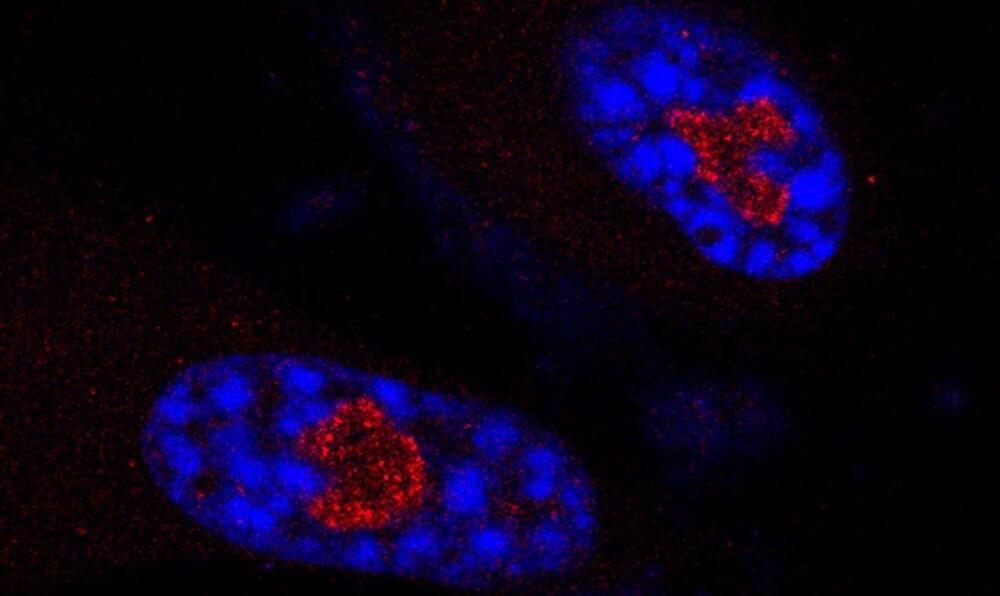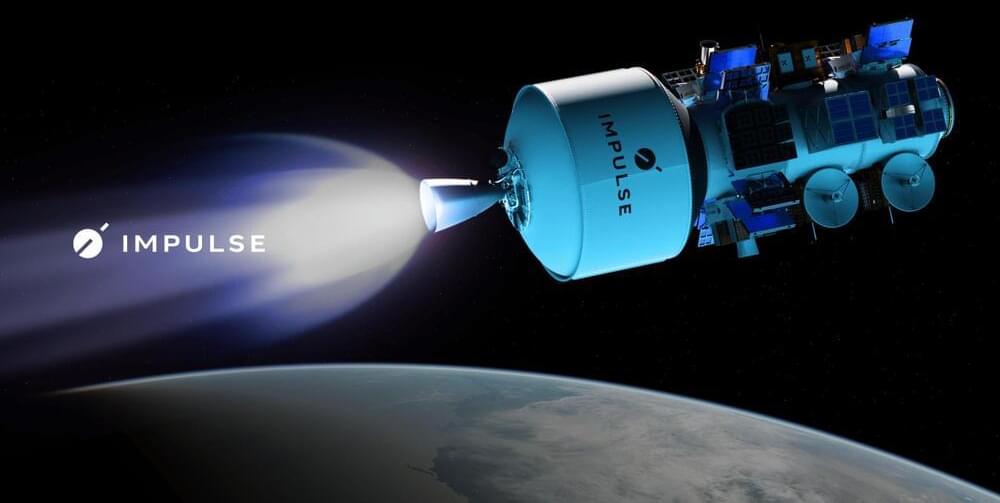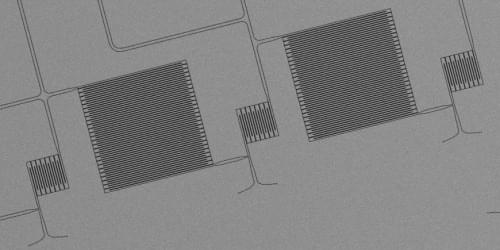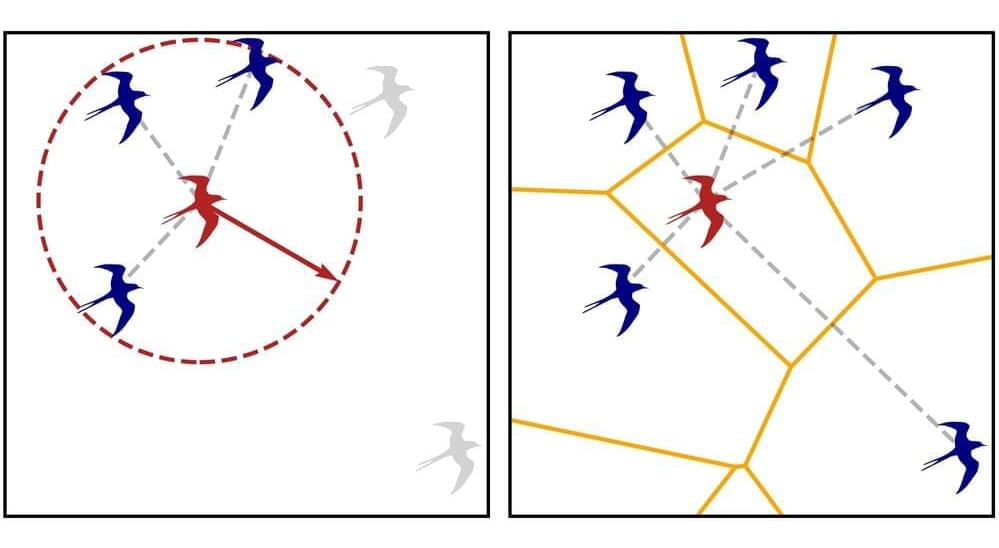Aug 9, 2024
Tesla launches new bundle with 3 years of FSD, Supercharging, and premium connectivity
Posted by Genevieve Klien in categories: Elon Musk, robotics/AI, transportation
Tesla is trying something new. The automaker is offering a bundle of 3 years of subscription to Full Self-Driving (FSD) Supervised, Supercharging, and premium connectivity.
Tesla has been having issues selling its FSD package.
For years, CEO Elon Musk claimed that Tesla would keep increasing prices as the system got better, which he claims would then make Tesla vehicles “appreciation assets”
